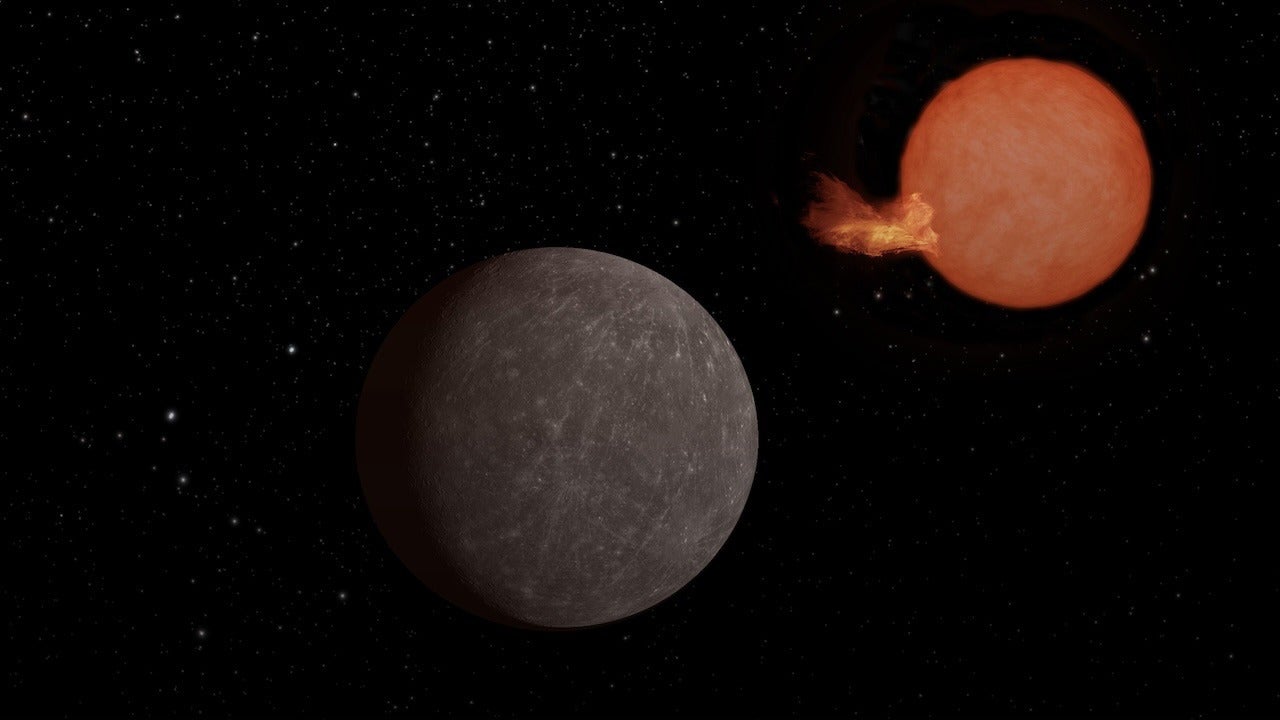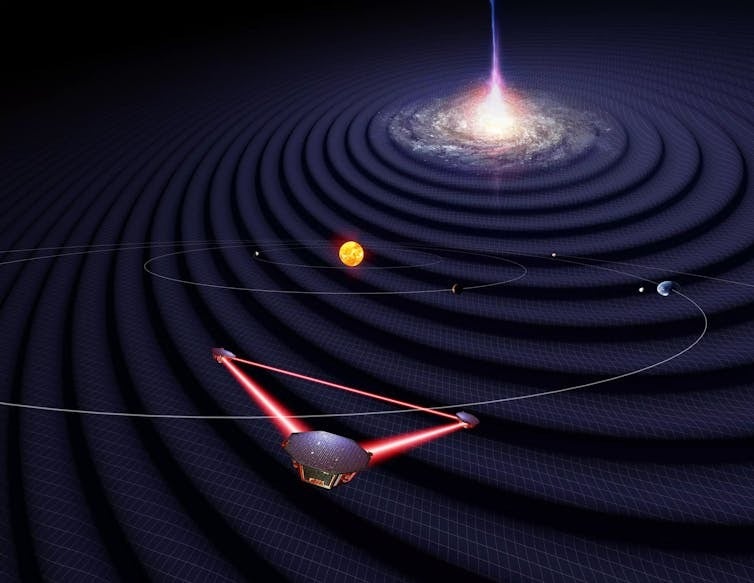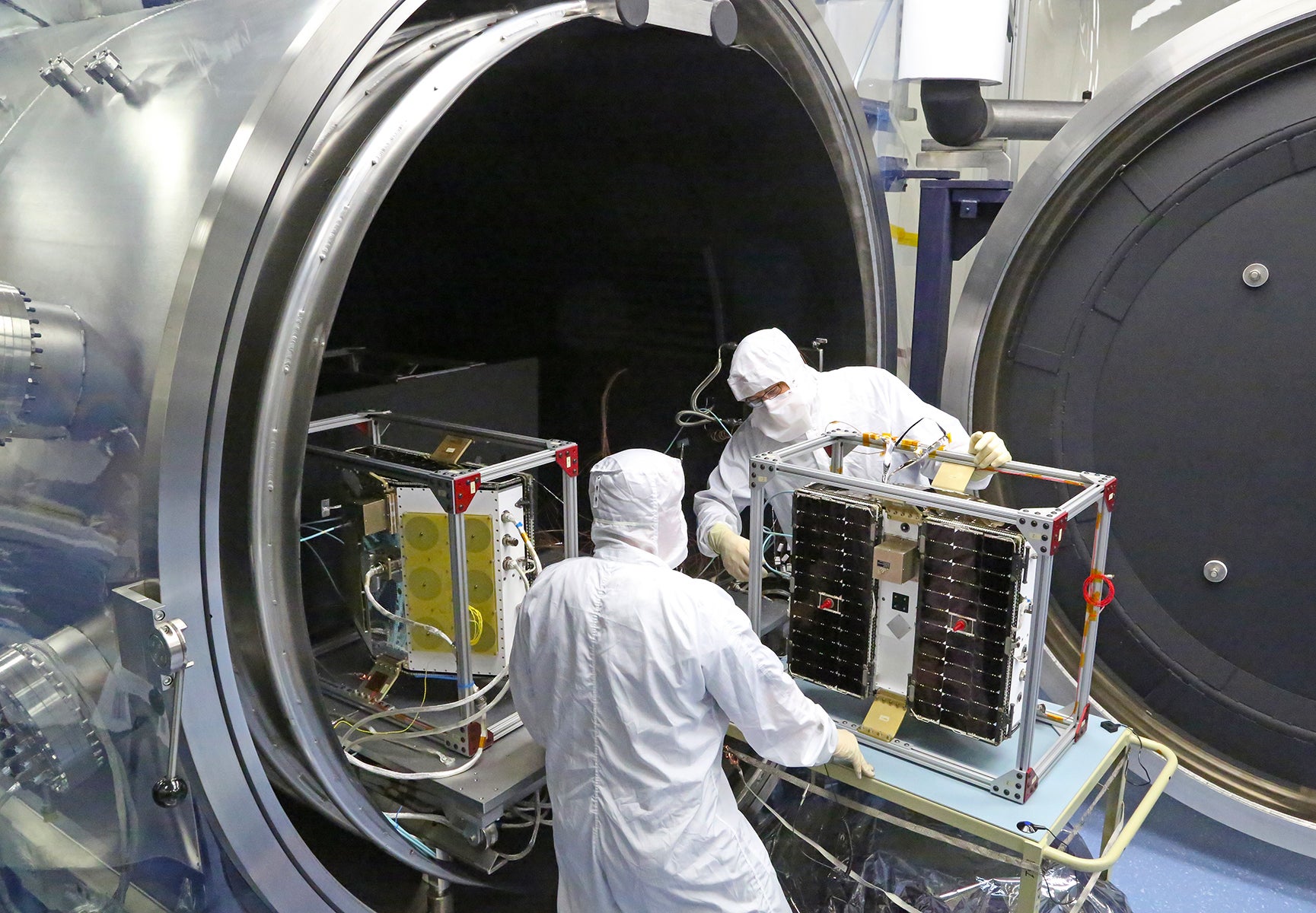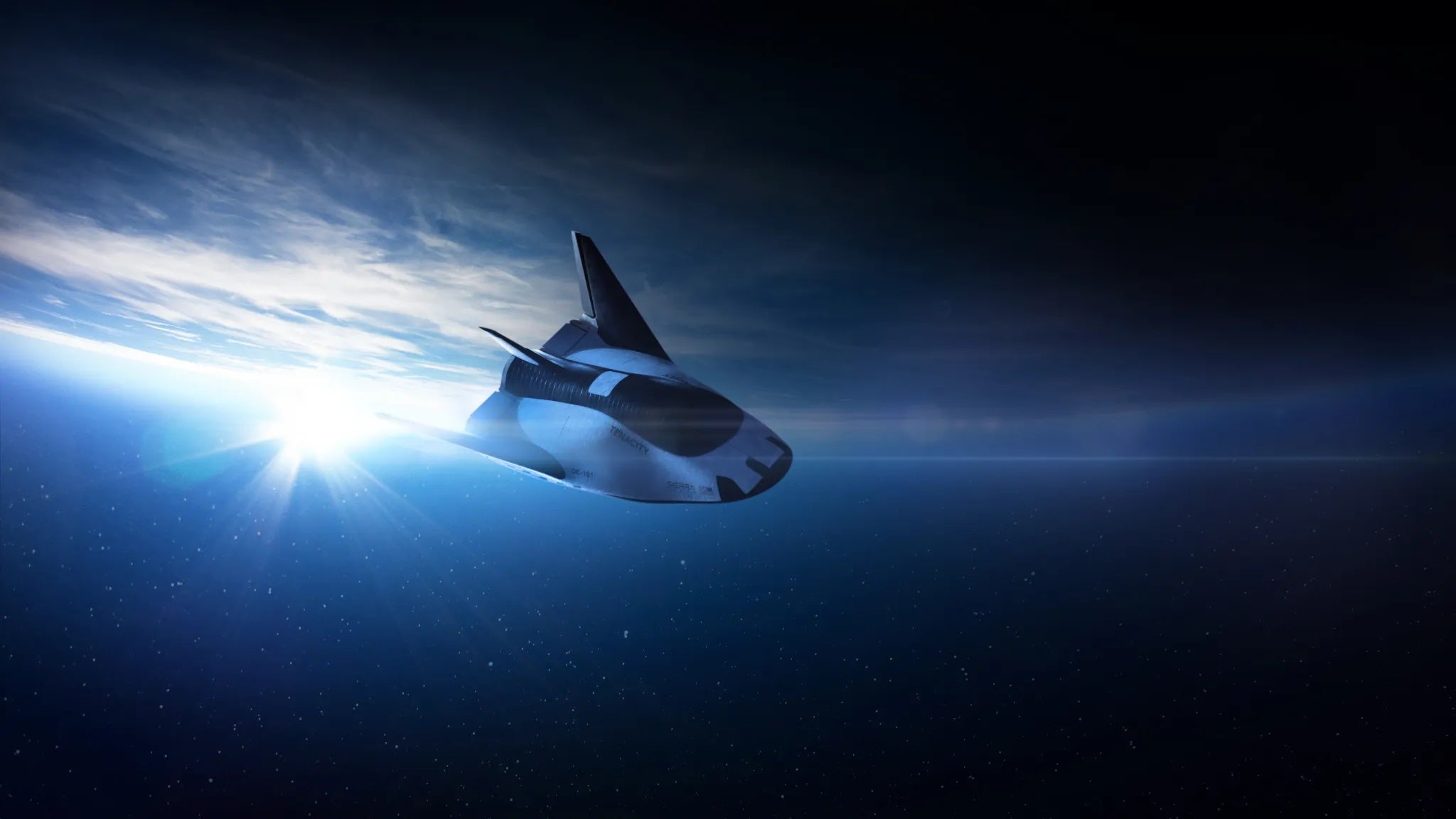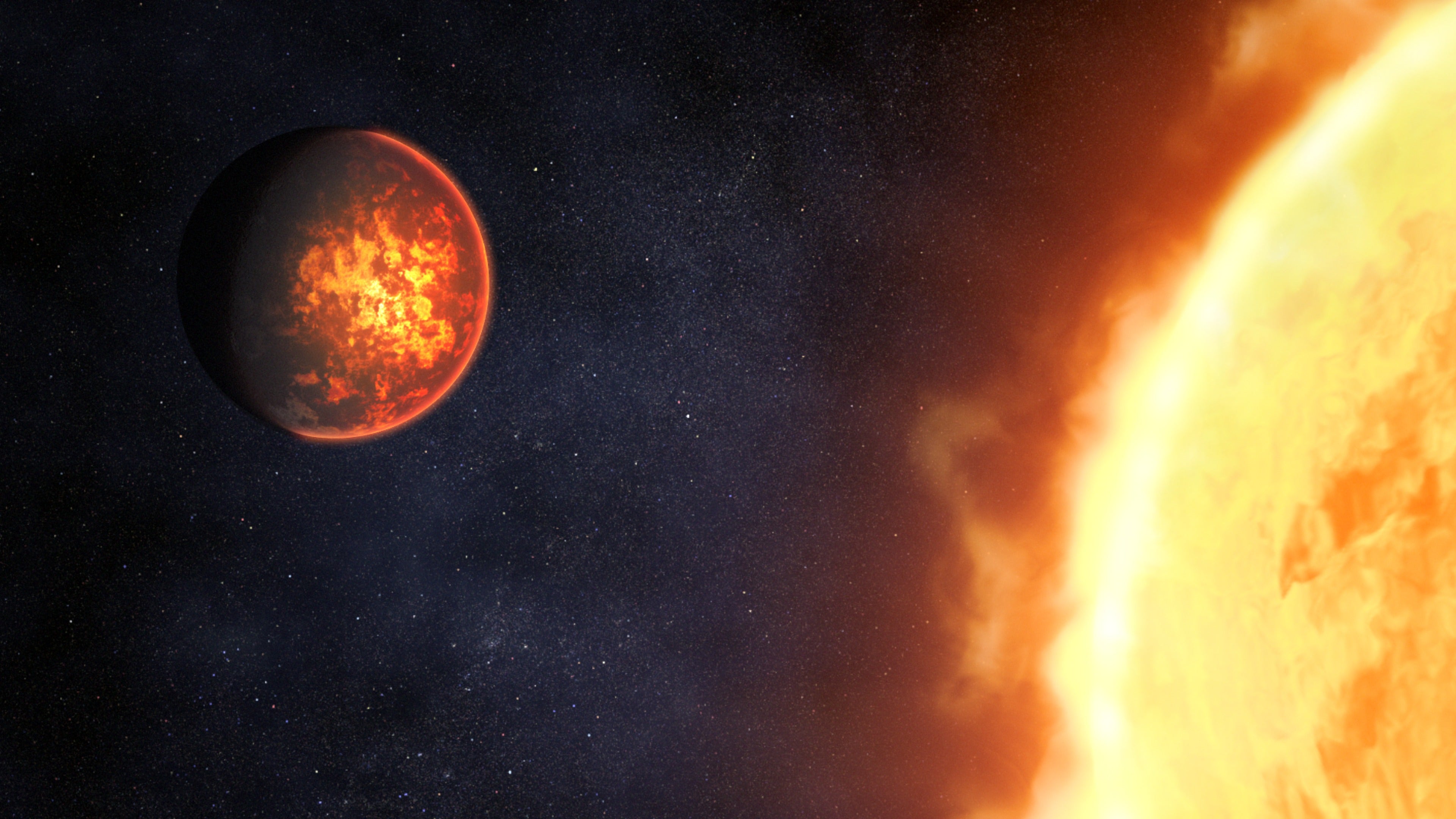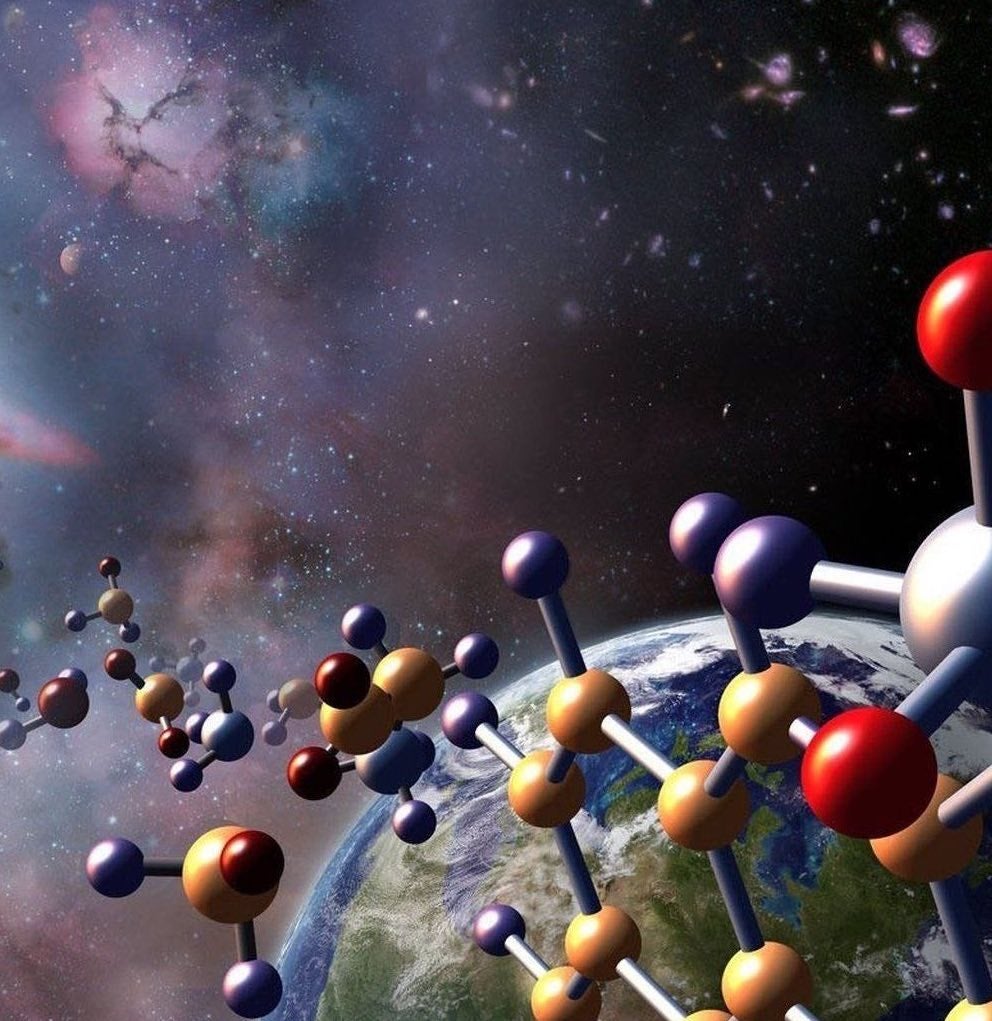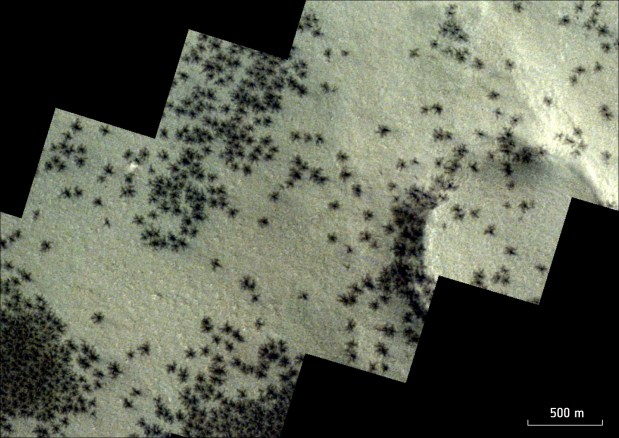This Hubble image of spiral galaxy NGC 3982 is a stunning portrait of star birth and winding spiral arms. But as it is composed of exposures taken by the space telescope’s Wide Field Planetary Camera 2, Advanced Camera for Surveys, and Wide Field Camera 3, it required the hand of an imaging specialist for processing.
NASA/ESA/The Hubble Heritage Team (STScI/AURA)
Since its launch in 1990, the Hubble Space Telescope has captured more than 1 million scenes showing the beauty and complexity of the universe. Its images have inspired popular culture unlike any other scientific instrument before it. But the truth is those photos aren’t simply captured. As Hubble’s imaging specialists at the Space Telescope Science Institute (STScI) like to say, these stunning vistas are made. For one, the telescope has more than one camera to provide image data, and capturing data involves more than one color filter. In addition, imaging specialists have to remove cosmic-ray hits and other flaws in the images. Just like professional photographers touch up and enhance photos they capture, so do Hubble’s imaging specialists. They all agree that data collection is just half the battle; the other is processing.
In the video below, watch a time-lapse of how spiral galaxy NGC 3982 went from important data to stunning imagery at STScI.


